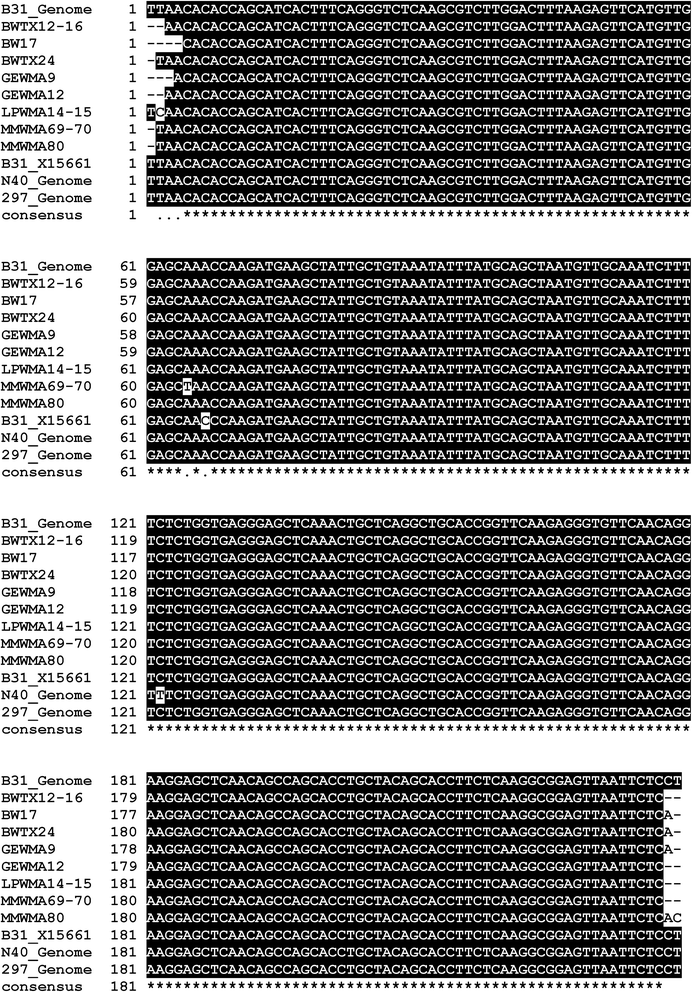Response to Esteve-Gassent et al.: flaB sequences obtained from Texas PCR products are identical to the positive control strain Borrelia burgdorferi B31
- PMID: 26050617
- PMCID: PMC4489397
- DOI: 10.1186/s13071-015-0899-x
Response to Esteve-Gassent et al.: flaB sequences obtained from Texas PCR products are identical to the positive control strain Borrelia burgdorferi B31
Abstract
Feria-Arroyo et al. had reported previously that, based on PCR analysis, 45% of Ixodes scapularis ticks collected in Texas and Mexico were infected with the Lyme disease spirochete Borrelia burgdorferi (Parasit. Vectors 2014, 7:199). However, our analyses of their initial data (Parasit. Vectors 2014, 7:467) and a recent response by Esteve-Gassent et al. (Parasit. Vectors 2015, 8:129) provide evidence that the positive PCR results obtained from both ribosomal RNA intergenic sequences and the flagellin gene flaB are highly likely due to contamination by the B. burgdorferi B31 positive control strain.
Figures


Comment on
-
Implications of climate change on the distribution of the tick vector Ixodes scapularis and risk for Lyme disease in the Texas-Mexico transboundary region.Parasit Vectors. 2014 Apr 25;7:199. doi: 10.1186/1756-3305-7-199. Parasit Vectors. 2014. PMID: 24766735 Free PMC article.
-
Prevalence of Borrelia burgdorferi-infected ticks from wildlife hosts, a response to Norris et al.Parasit Vectors. 2015 Feb 27;8:129. doi: 10.1186/s13071-015-0739-z. Parasit Vectors. 2015. PMID: 25885773 Free PMC article.
References
-
- Feria-Arroyo T, Castro-Arellano I, Gordillo-Perez G, Cavazos A, Vargas-Sandoval M, Grover A, et al. Implications of climate change on the distribution of the tick vector Ixodes scapularis and risk for Lyme disease in the Texas-Mexico transboundary region. Parasit Vectors. 2014;7:199. doi: 10.1186/1756-3305-7-199. - DOI - PMC - PubMed
Publication types
MeSH terms
LinkOut - more resources
Full Text Sources
Other Literature Sources
Medical

